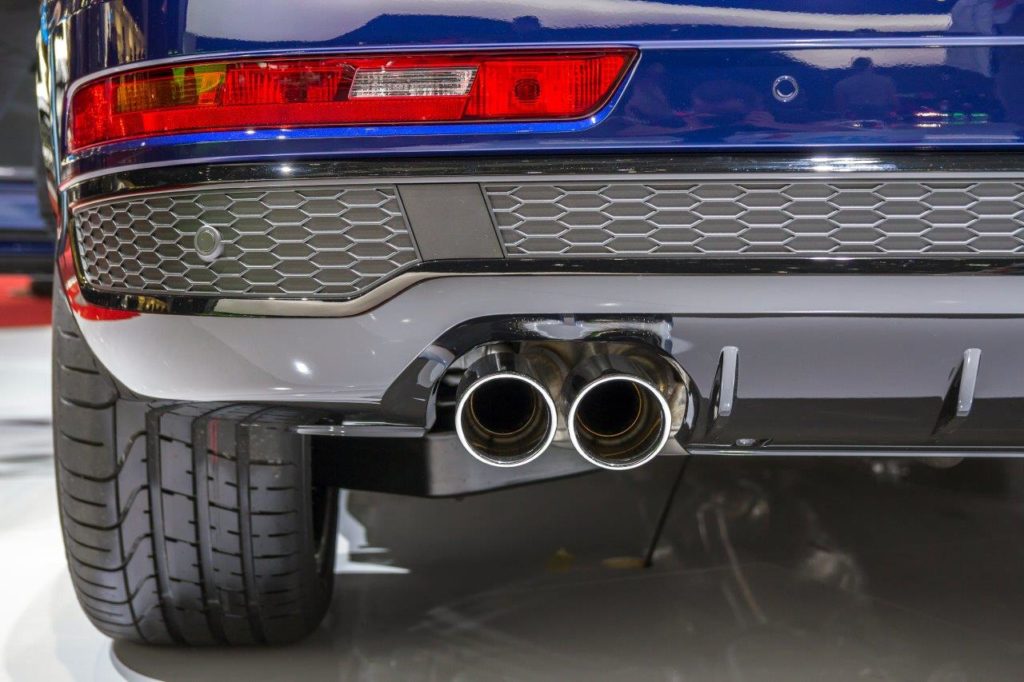How can hybrid cars reduce their carbon footprint?
- Hybrid cars use an internal combustion engine
- Driving a hybrid car reduces the use of gasoline
- Hybrid cars produce fewer life cycle emissions
Hybrid cars are important components for helping climate change. The technology of hybrid vehicles makes it possible to lower fuel emissions. Combined with technological advances, it’s possible to lower the hybrid car carbon footprint altogether. Here’s how hybrid cars can reduce the carbon footprint phenomenon.
Hybrid Cars Use an Internal Combustion Engine
There are two types of emissions you will encounter. Direct emissions and life cycle emissions. Direct emissions go through the tailpipe and evaporate from the fuel system. Direct emissions create pollutants like nitrogen oxide that tend to produce smog. Greenhouse gases are also produced by various conventional vehicles on the market. The hybrid car engine is a good middle-ground for lowering greenhouse gases, primarily carbon dioxide.
Hybrid cars use an internal combustion engine combined with an electric motor. The electric motor charges the battery as opposed to being plugged in. The charge is conducted through the internal engine and regenerative braking. The brakes usually create kinetic energy which is wasted in ordinary vehicles but hybrid vehicles utilize this kinetic energy to charge the battery. Hybrid cars run on both gas and electricity to effectively reduce the amount of fuel used when driving.
Driving A Hybrid Car Reduces The Use Of Gasoline

It’s a known fact that hybrid cars produce less greenhouse gases than regular cars. Hybrid cars are an attractive option for drivers who want to shift to an environmentally friendly lifestyle. When you drive using a hybrid, you use less gas and fewer products. This includes motor oil, coolant, and more. Buying a hybrid car will help you sustain a healthy carbon footprint.
Hybrid Cars Produce Fewer Life Cycle Emissions

Life cycle emissions are inclusive of all emissions related to fuel, processing, vehicle production, distribution, use, and disposal. For traditional gasoline vehicles, there are tons of life cycle emissions to consider. This includes extracting petroleum from the ground, refining the gasoline, distributing it to gas stations, and finally burning the fuel within vehicles. This life cycle contains harmful pollutants that contribute to your carbon footprint.
Hybrid vehicles can produce lower life cycle emissions compared to conventional cars. The exact amount can vary depending on the model. However, as previously mentioned, hybrid vehicles use a combination of an electric motor and an internal combustion engine. Although it still burns gasoline, it’s significantly lower than your average conventional vehicle. Driving it daily has a lower carbon footprint compared to driving traditional vehicles. However, do take note that depending on the model you choose, you may have different ratings. Be sure to ask your dealer about it to find out more.
Key Takeaway
If you’re concerned about the environment, it might be time to get a hybrid car to reduce your carbon footprint. This not only allows you to contribute to a better environment but also save some money for your wallet in the long run. Visit your nearest car dealer today and start investing in your very own hybrid vehicle.

